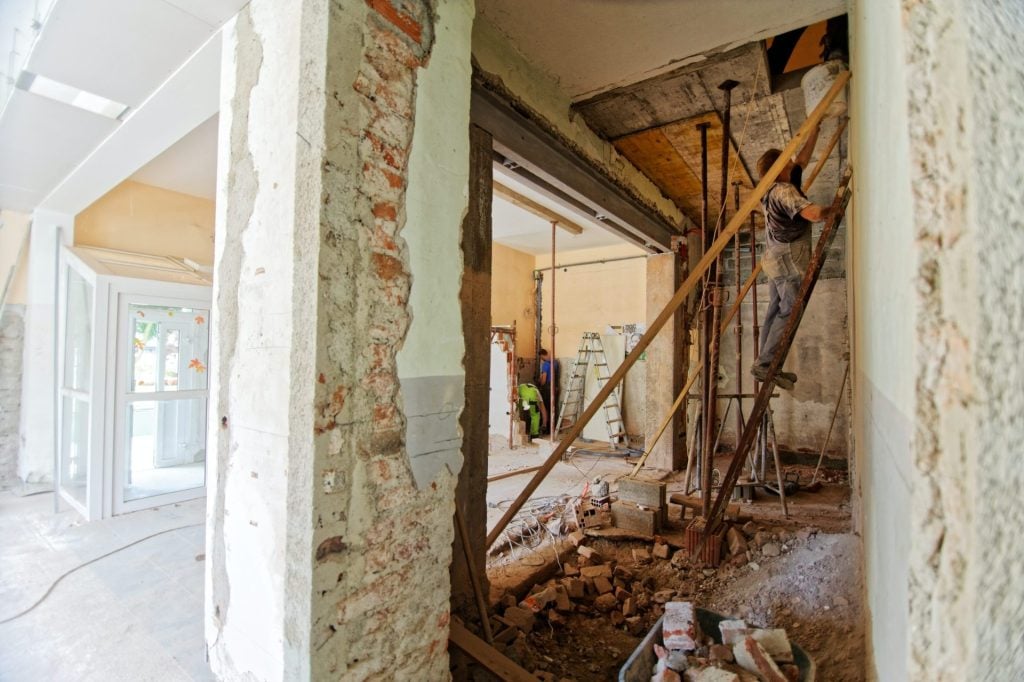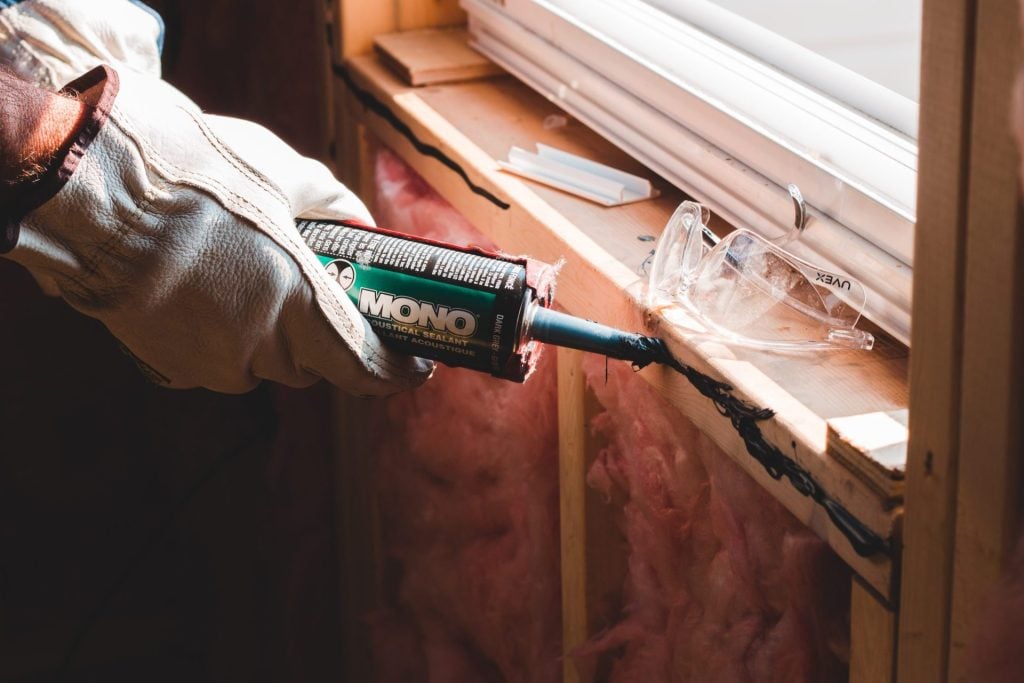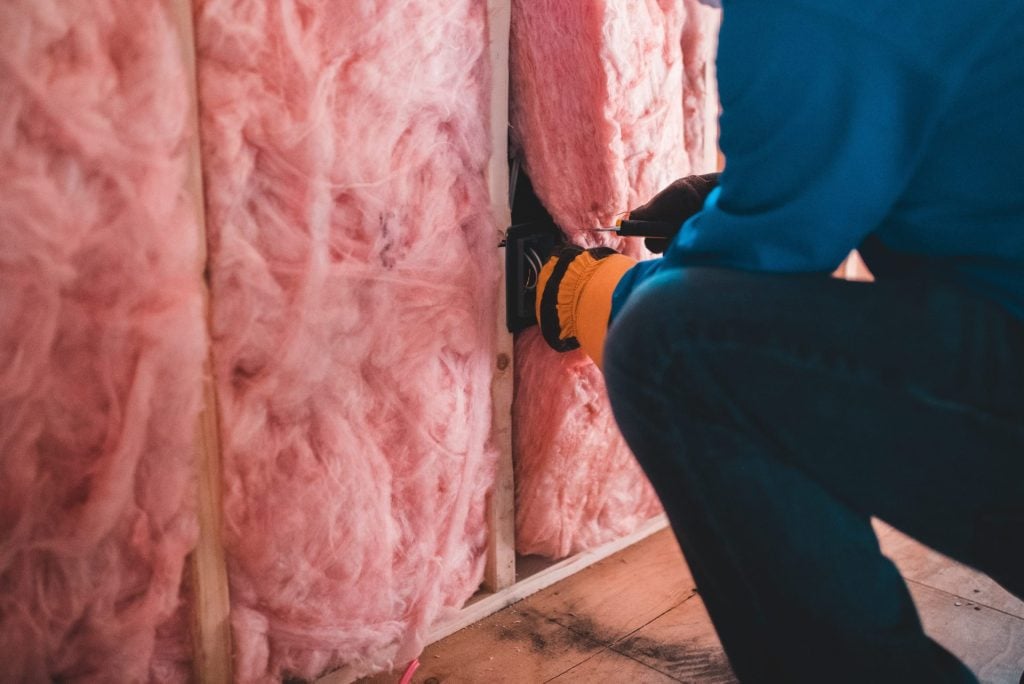BLOGS
Insulation Guide for Energy-Efficient Luxury Homes
When it comes to home construction or renovation, insulation is often an afterthought. But this essential feature is crucial in keeping the desired temperature inside luxury home properties and reducing energy consumption. Home insulation acts as a barrier between your indoor space and the temperature outside your home. By sealing potential air leaks from walls, windows, crawl spaces, and electrical outlets, home insulations keep indoor spaces warm during cold weather and cool during summer. That said, installing the right type of insulation in your home helps you save on your home’s heating and cooling costs.
Make an informed choice—ahead are the essential information and points of consideration you need to know about home insulation.
Why Your Home Needs Insulation
The benefits of home insulation go beyond temperature control and energy savings. Insulating your home maintains air quality, which provides a healthier indoor environment for you and your family. This is important because air leaks can be a major culprit for indoor air pollutants and high humidity inside your home. The combination of damp indoor air and the hot temperature in the Philippines is a perfect recipe for triggering asthma and other respiratory issues later on. That said, a properly-insulated and ventilated luxury home creates an oasis that supports your comfort and well-being.
Insulation Basics: What to Consider Before Installing Insulation in Your Home
When it comes to insulation for residential homes, one size does not fit all. The quality and effectiveness of home insulation highly depend on its installation process and suitability for your home. Before you choose what type of insulation is best for your home, you should consider the following factors first:

R-Value
R-value is a term you will often hear in any home insulation project. But whatever is an r-value and what is it used for?
R-value is short for resistance-value, which refers to an insulation material’s capacity to reduce heat flow. That means home insulation with a high r-value has better insulation and energy-saving capacity compared with other types of insulation that has lower r-value. But take note that not every home needs an insulation material with the highest r-value. Recommended levels will always depend on your location’s climate. That said, it is important to consult a professional to know what will work best for your home.
Type of Insulation Material
Home insulations are built with different materials and each one differs in terms of ease of installment, r-value, sustainability, resistance, and price tag. For instance, some types of home insulation are made from recycled newsprints and glass, while others are built with natural minerals.
Here are the common home insulation materials you should check out:
- Foam Insulation
- Fiberglass
- Cellulose Insulation
- Mineral Wool
- Natural Fibers Insulation
- Denim
Budget
Installing home insulation can be costly, depending on the scope of the project. Some homeowners choose to do DIY (do-it-yourself) or take charge of the installation process. But if you are planning to insulate a huge portion of your luxury home or luxury condo unit, it is best to work with a professional team. When setting a budget, think long-term. You want your home insulation to be efficient and long-lasting. Remember, a well-built home installation can help lower energy costs in the long run. That means more savings for you!
Choosing high-quality home insulation materials can be expensive, but it will be worth your investment.

Most Common Types of Insulation for Residential Homes
There are different types of insulation available in the market. The question is: which provides the best value? While each offers specific perks and purposes, not all are suitable for your luxury real estate property. For instance, insulations built with foam material (e.g., spray foam insulation or home foam insulation) works best for finished areas but not for unfinished walls and ceilings.
The short guide below will help you pick which type of insulation suits your priorities, home structure, budget, and other specific concerns.
Blanket Batts and Rolls Insulation
Batts and rolls are considered the standard type of home insulation because they are flexible to use and easy to find in your local hardware. They are best for insulating attics, walls, ceilings, and unfinished floors. Most batts and rolls are made of fiberglass, but other variations like mineral wool and natural fibers are also available.
Batts and rolls are recommended for DIYers because they are easy to install and budget-friendly too. However, these types of home insulation are only available in pre-cut sizes. Readjusting batts and rolls insulation can reduce its effectiveness due to compression.
Spray Foam Insulation
If your luxury home or luxury condo unit requires insulation in hard-to-reach areas, spray foam insulation is your best choice. This type of home foam insulation is made of liquid polyurethane. It is sprayed in a liquid form first, but it eventually expands and hardens to effectively seal even the tiniest gaps or cracks in the area.
Spray home foam insulation comes in two major forms:
- Closed-Cell Foam Insulation – The m0isture resistant variant; ideal for in-floor or underground insulation, basements, and crawl spaces
- Open Cell Foam Insulation – The water-absorbent variant; ideal for tiny nooks and wall cavities
Spray foam insulation is more expensive than other types of insulation because it comes with a higher R-value. It is also resistant to mold, mildew, and even unwanted noise.
Radiant Barrier Insulation
This type of home insulation is ideal for residential houses or luxury condo units in hot locations. Radiant barrier insulation or radiant barrier insulation does not have an r-value. It works by reflecting, instead of resisting, heat flow. That said, it is most effective in cooling indoor spaces like attics. Radiant barrier insulation is made up of aluminum foils with different types of backings like polyethylene bubbles, cardboard, or plastic film.
Blown-in Insulation
If you are looking for a cheaper and more eco-friendly alternative to spray foam insulation, blown-in insulation is a great choice. Blown-in Insulation is also known as “loose-fill” insulation because it is used to fill virtually any gap in your home with organic, loose materials like cellulose or recycled fiberglass. Cellulose is made up of shredded recycled newspapers or denim.
Because of its granulated composition, blown-in insulation is perfect for filling irregularly-shaped crevices, pipes, and attic floors. The only downside is its longevity. Recycled materials tend to sag and deteriorate over time, compelling homeowners to regularly maintain and eventually replace the insulation.

The Best Home Insulation for Residential Homes in Tropical Locations
Houses located in hot regions do not need the same level of home insulation that winter regions use. Your home should still have natural ventilation that allows some cool breeze indoors. Tropical countries like the Philippines deal with constant heat and humidity. Therefore, choosing a type of insulation that specifically work around these conditions is crucial.
Since damp air can cause mold problems, open-cell spray foam insulation can be a durable option for your walls and attics because they are moisture resistant. Radiant barrier insulation is another great choice to combat the Philippines’ summer heat. Because the hot sun heats the roof, placing radiant barriers in the attic prevents heat from being absorbed inside your luxury home.
Experience Comfort and Luxury Like No Other in Brittany Sta. Rosa
Brittany Corporation is the leading real estate developer of luxury residences in the Philippines. One of its major developments is Brittany Sta. Rosa, an Old-World-inspired upscale community that exudes comfort, prestige, and luxury in Laguna. Created with the Filipino family in mind, Brittany Sta. Rosa is designed to withstand the Philippines’ weather conditions and the environment through world-class architecture and top-notch design.
Suggested Read: Luxury Collectibles: Luxurious Scents For Your Home
Suggested Read: Your Full Guide To Experience Crosswinds Tagaytay
Suggested Read: Smart Features For Your Luxury Home
Suggested Read: Unwind At Home With Mood Lighting
Suggested Read: Top 8 Air Fryer Recipes















